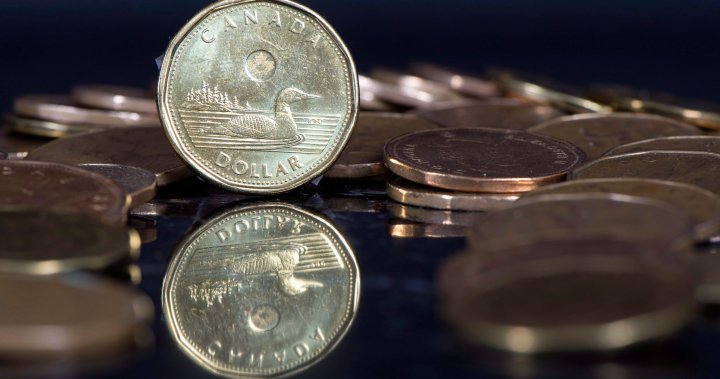Paragraph 1: The Loonie’s Upswing and Trudeau’s Exit
The Canadian dollar, often referred to as the "loonie," experienced a notable surge following the announcement of Prime Minister Justin Trudeau’s impending resignation. This upward movement, exceeding one percent in early trading against the US dollar, signaled a renewed confidence in Canada’s economic prospects under new leadership. The loonie briefly climbed above the 70-cent US mark before settling around 69.8 cents later in the day. This positive shift followed a difficult period for the Canadian currency, marked by a widening policy rate differential between the Bank of Canada and the US Federal Reserve, as well as trade threats from then-US President-elect Donald Trump following his re-election victory.
Paragraph 2: Factors Influencing the Loonie’s Performance
Several factors contributed to the loonie’s fluctuating performance. Experts cited trade threats from the incoming US administration as a significant headwind, with speculation about potential tariff rollbacks offering temporary relief. On the domestic front, Chrystia Freeland’s resignation from Trudeau’s cabinet further destabilized the currency. The loonie, which began 2024 around 74.8 cents US, ended the year approximately five cents lower, reflecting these combined pressures.
Paragraph 3: Market Sentiment and Trudeau’s Economic Legacy
Market analysts viewed the loonie’s positive reaction to Trudeau’s resignation as an indicator of investor sentiment towards his economic leadership. The perception of policy missteps and a sluggish economy under Trudeau’s tenure contributed to the currency’s earlier decline. While Canada avoided a technical recession, the country experienced six consecutive quarters of per capita output decline, fueling market concerns about the government’s economic management.
Paragraph 4: Uncertainty and the Transition of Power
Despite the initial positive market reaction, Trudeau’s resignation introduced a degree of uncertainty into the Canadian economic landscape. This uncertainty stemmed from the potential for disruptions in ongoing trade negotiations with the US, a looming change in government, and the prospect of political instability during the leadership transition. Trudeau’s decision to prorogue Parliament further complicated matters, halting legislative activity and requiring all pending bills to be reintroduced upon the resumption of parliamentary sessions.
Paragraph 5: Economic Outlook and Potential Impacts
Experts warned that businesses might adopt a "wait-and-see" approach in response to the political uncertainty, potentially delaying an anticipated economic rebound fueled by stable inflation and lower interest rates. The Canadian Chamber of Commerce emphasized the need for decisive action to address domestic and international challenges, urging the next prime minister to prioritize the Canada-US trade relationship. Speculation about a potential Conservative victory under Pierre Poilievre and its potential implications for trade policy with the US added another layer of complexity to the economic outlook.
Paragraph 6: Market Expectations and Future Directions
While the Canadian dollar saw an immediate boost from Trudeau’s resignation announcement, analysts cautioned against expecting significant changes in the Toronto Stock Exchange, which tends to be more influenced by the broader US economic performance. The focus shifted to how the impending change in Canadian leadership and the evolving political landscape would impact the country’s economic trajectory, particularly in the context of ongoing trade negotiations and the broader global economic environment. The potential for alignment or divergence in economic policies between the new Canadian government and the second Trump administration remained a key area of interest for market observers.

